Is it environmentally and eco-friendly when we use reusable non-woven shopping bags? And how to make them in very low cost?
2025-06-26 17:36
Are Reusable Non-Woven Shopping Bags Eco-Friendly?
The answer is "It depends." While they are better than single-use plastic bags, their environmental impact varies based on how they're made, used, and disposed of.
✅ Pros (Why They Can Be Eco-Friendly)
Reusable – Reduces reliance on disposable plastic bags.
Durable – Can last for years if used properly.
Lower Waste – One non-woven bag can replace hundreds of single-use bags.
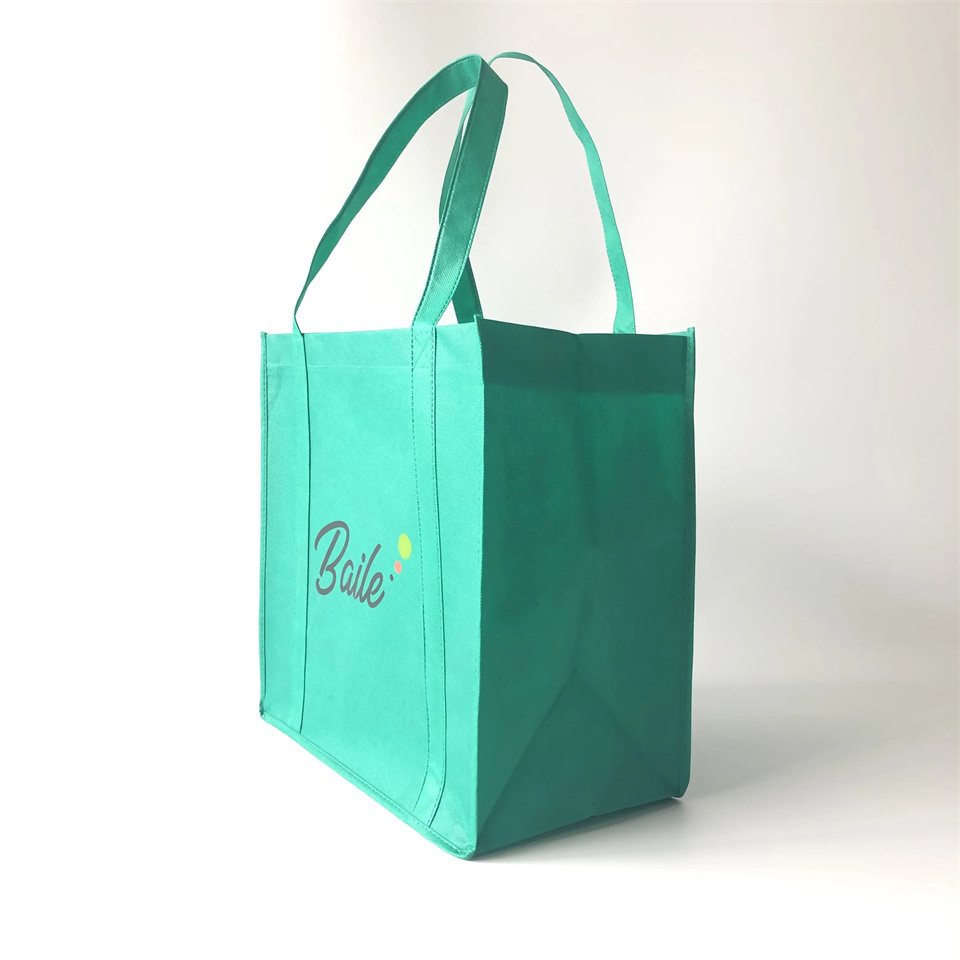
❌ Cons (Environmental Downsides)
Made from Plastic – Most are polypropylene (PP), a petroleum-based material.
High Production Footprint – Requires more energy/CO₂ to make than thin plastic bags.
Microplastic Pollution – Can shed tiny plastic fibers over time.
Recycling Issues – Many end up in landfills because recycling facilities don’t accept them.
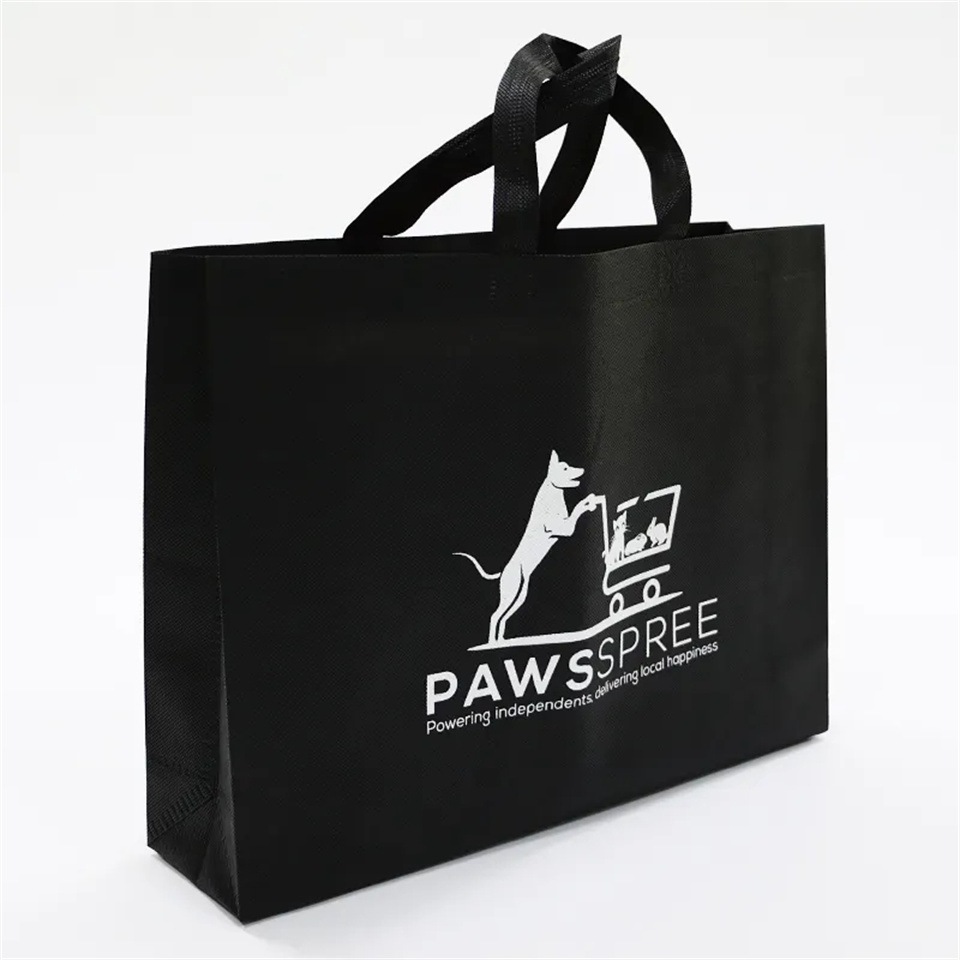
How Many Times Must You Reuse Them to Be Eco-Friendly?
Compared to single-use plastic bags: ~10-50 uses to break even.
Compared to cotton bags: ~5-20 uses (cotton has a high water footprint).
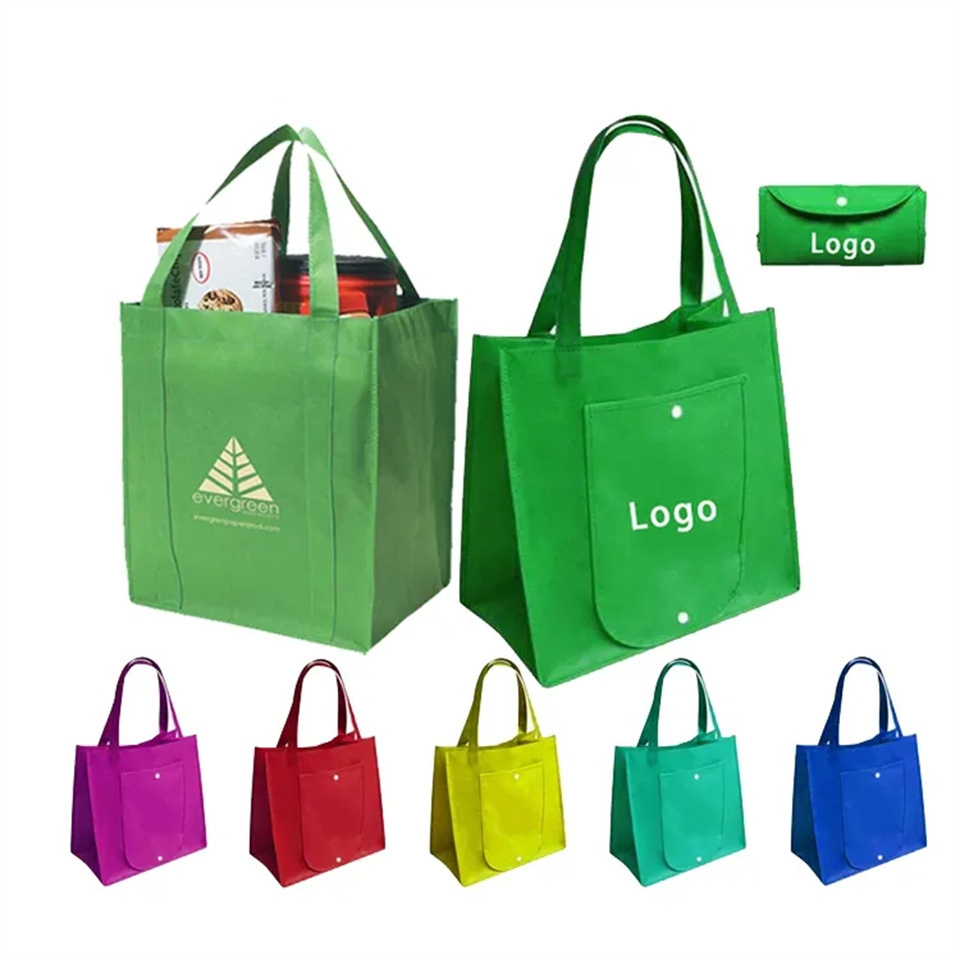
How to Make Non-Woven Bags at Very Low Cost
If you want to produce low-cost non-woven bags, here’s how:
1. Source Cheap Raw Materials
Recycled polypropylene (PP) pellets – Cheaper than virgin plastic.
Factory waste/scraps – Some manufacturers sell leftover non-woven fabric at a discount.
Bulk purchases – Order large rolls of fabric to reduce per-unit cost.
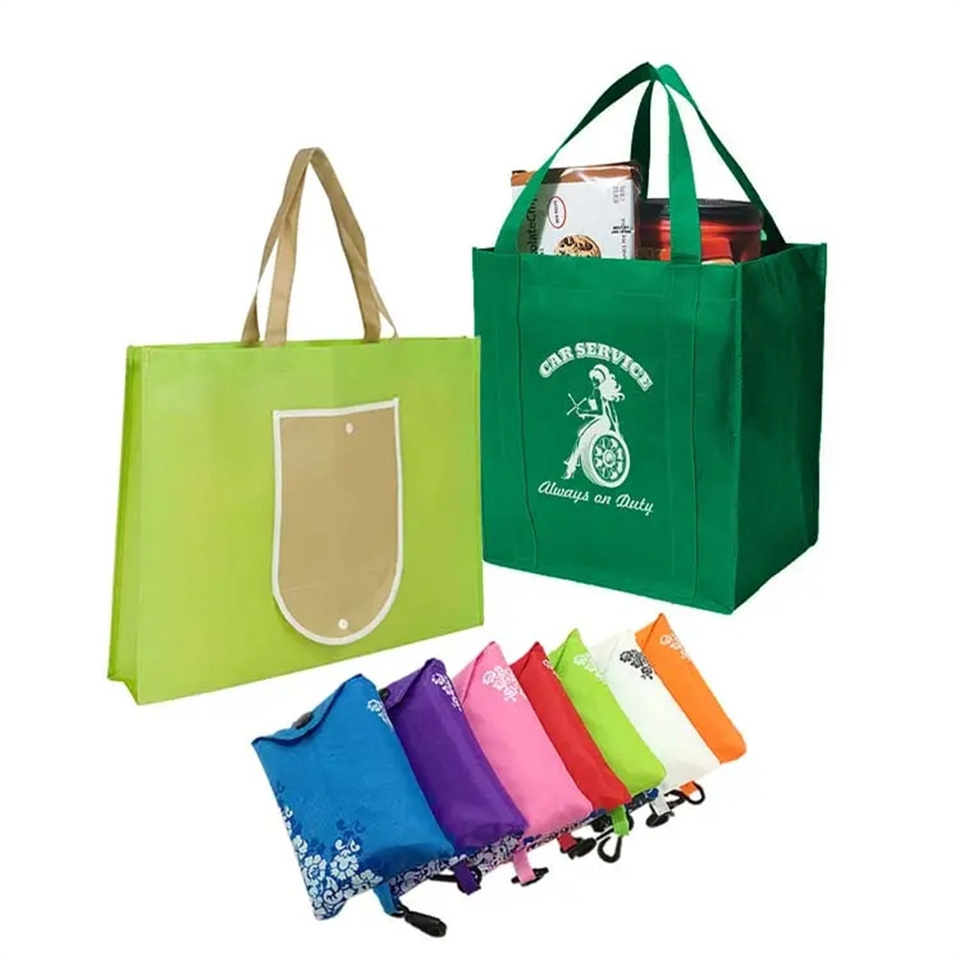
2. Simplify Design & Production
Minimalist design – Avoid prints, zippers, or extra layers to cut costs.
Standard sizes (e.g., 40x40 cm) – Reduces fabric waste.
Manual stitching (if labor is cheap) or low-cost automated machines.
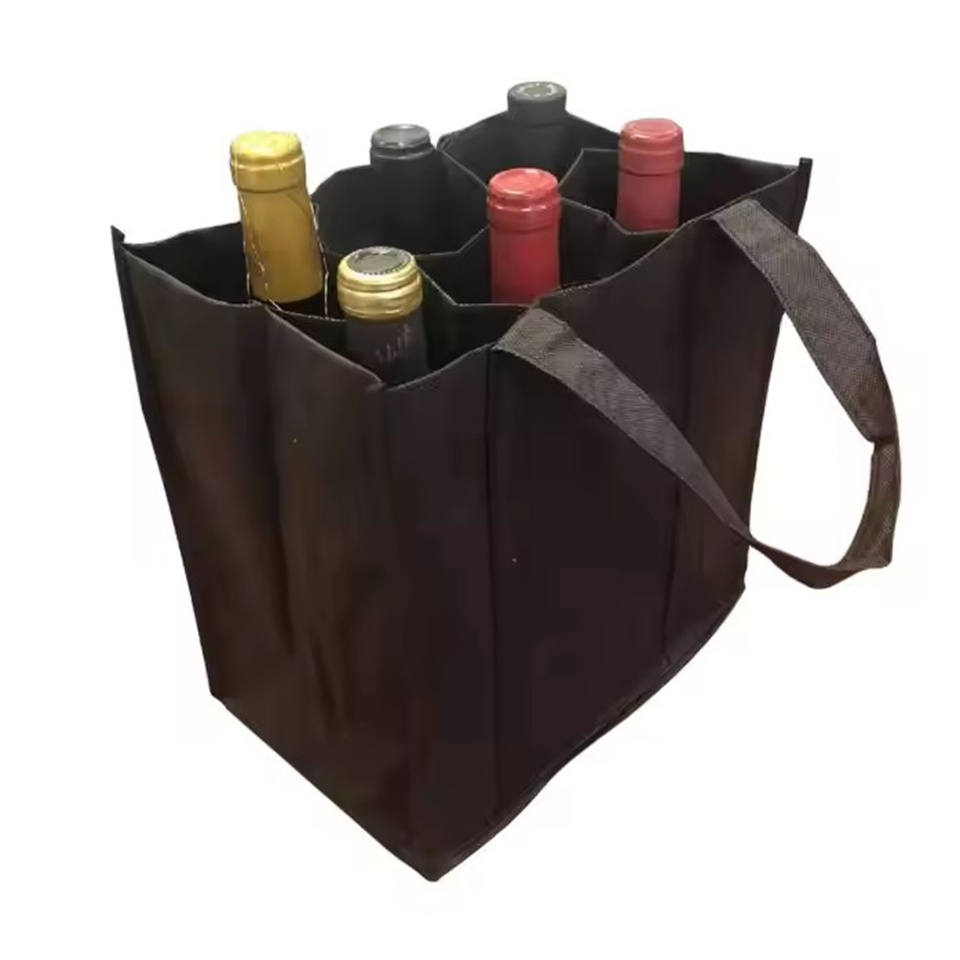
3. Low-Cost Printing (If Needed)
Screen printing (cheap for large batches).
Heat transfer (for simple logos).
Avoid expensive digital prints unless necessary.
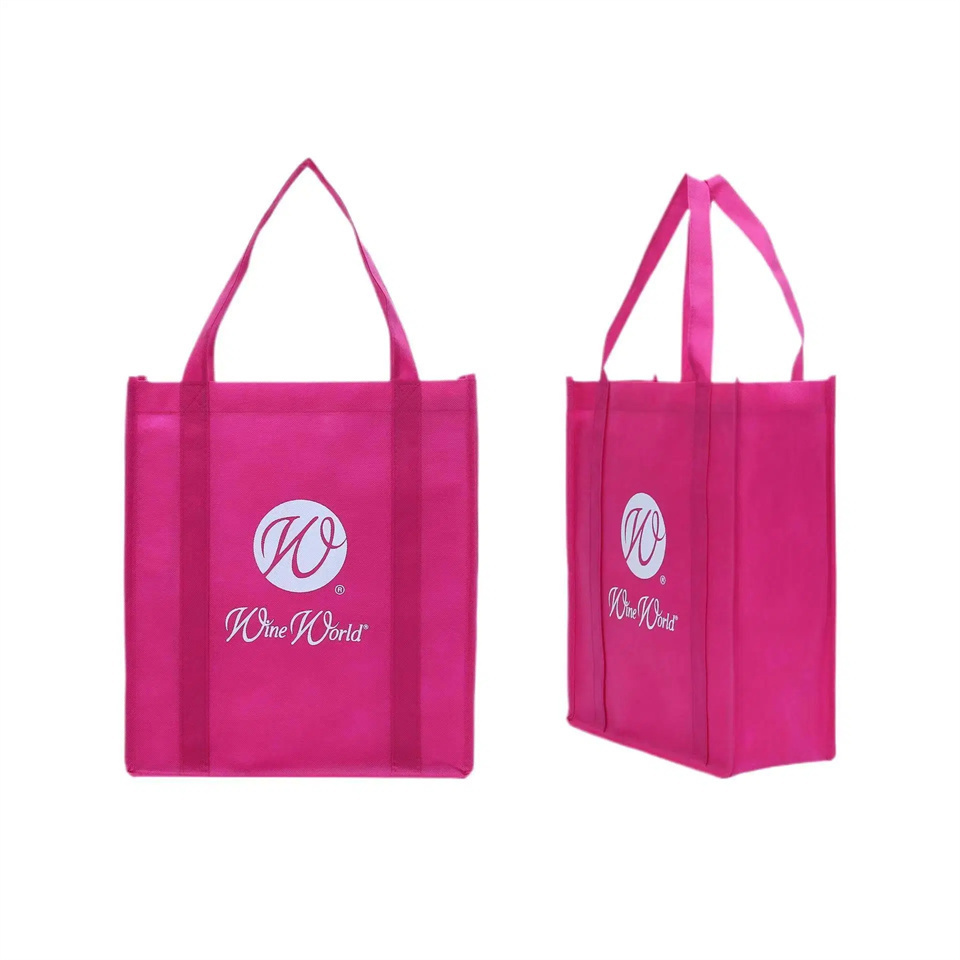
4. Local & Small-Scale Production
Small workshops (instead of big factories) can lower costs.
Use local labor to avoid shipping expenses.
5. Sell in Bulk or as Promotional Items
Businesses often buy these bags in bulk for branding, making production cheaper per unit.
Alternative: Even Cheaper & Greener Options
If you want ultra-low-cost and more eco-friendly bags:
Upcycled fabric bags (from old clothes, rice sacks, or banners).
Used jute/cotton bags (secondhand markets).
Paper bags (if reusable isn’t essential).

Final Verdict
Non-woven bags can be eco-friendly if reused many times, but they’re still plastic-based. For low-cost production, focus on bulk materials, simple designs, and local manufacturing. For maximum sustainability, consider upcycled or natural fiber bags instead.
Would you like help finding suppliers or cost estimates?
Get the latest price? We'll respond as soon as possible(within 12 hours)
